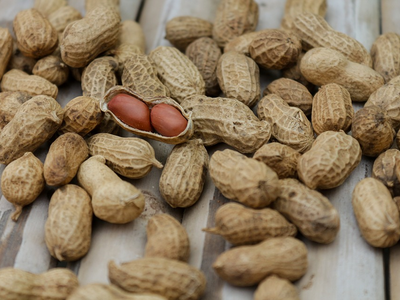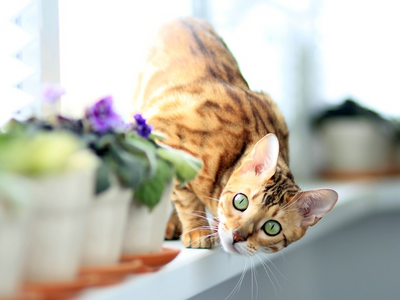11.09.2022
How to tell how old a kitten is—a thorough guide
If you have rescued a kitten or adopted one with little to no background information, the first step in taking proper care of them is determining their age. In case the youngling is sucking on your clothes or licking your hair, chances are that your little furball was taken away from their mother too soon.
Figuring out a kitten’s age can help you provide appropriate care and nutrition. Kittens, especially those younger than two months, need a specific meal plan, warmth, and litter support to grow and develop properly.
So, how to tell how old a kitten is? Our guide presents the easiest and most accurate ways to determine your furball’s age and offers handy tips on the best possible diet and care.
Estimating a kitten’s age by checking their weight

How dare you ask me about my age, hooman!
Source: Magda Ehlers
In the first few weeks, a kitten gains approximately seven to ten grams per day if they are healthy and receive all the necessary nutrients from their mother’s milk.
Below is the average feline weight during the first eight weeks of their life:
|
Age (in weeks) |
Weight (in grams) |
|
Newborn |
Under 50 |
|
1 |
50 to 150 |
|
2 |
150 to 250 |
|
3 |
250 to 350 |
|
4 |
350 to 450 |
|
5 |
450 to 550 |
|
6 |
550 to 650 |
|
7 |
650 to 750 |
|
8 |
750 to 850 |
This kitten weight chart is an excellent starting point but shouldn’t be your only reference. Some kittens weigh more than they’re supposed to for their age, so you must check other characteristics to determine how old they are.
Indoor cats also weigh more than outdoor kitties because of their different lifestyles. While house cats stretch and play to stay fit, outside adventurers burn calories by hunting for food, which keeps them leaner.
A kitten’s weight also depends on their:
- Breed—Maine Coons and Ragdolls weigh more than Persian or Siamese cats
- Gender—Male kittens are typically larger than female kittens, although that also depends on the breed
- Health—If a kitten suffers from any infection or disease, they might experience a drop in appetite and subsequent weight loss
- Sterilisation status—Some kittens tend to gain weight after sterilisation because of continual food cravings and a temporary hormonal disbalance
- Diet—A healthy, high-protein diet keeps your kitten healthy and fit, while high-carb meals lead to weight gain and obesity
Determining the age with a kitten teeth chart
A newborn kitten does not have any teeth. Baby felines start to develop deciduous teeth at approximately three weeks, with the middle incisors growing first. At four weeks, the canines emerge, followed by the premolars and molars at six and eight weeks, respectively. The table below shows the teething chart of a kitten based on their age:
|
Kitten’s age |
Teeth |
|
Newborn |
No teeth |
|
3–4 weeks |
Incisors |
|
4–5 weeks |
Canines |
|
6–7 weeks |
Premolars |
|
8 weeks onwards |
Molars |
These 26 milk teeth are small, sharp, and have a thin enamel coating. Kittens might chew on their toys during the teething process, but the actual growth shouldn’t be too painful.
At three months, your kitty will start developing permanent teeth. By six months, they should have a complete set of 30 adult teeth, which have a thicker enamel coating and long roots to attach them to the jaw bone beneath the gums.
How can you be sure whether your kitten is developing baby teeth or permanent ones? Check out the details in the following table:
|
Baby teeth |
Adult teeth |
|
Small and sharp |
Wider with flat edges |
|
26 in number |
30 in number |
|
White in colour |
Cream-coloured |
|
Smooth texture |
Rough texture |
|
Thin enamel |
Thick enamel |
Other ways to figure out how old your furball is
Other physical characteristics can also tell you how old your kitten is, namely:
- Eyes—Newborns kittens have closed eyes. The eyes open gradually, and once a feline is seven to ten days old, their eyes are completely open. All newborn kitties have blue eyes, but the colour changes to hazel, green, yellow, orange, grey, or copper once they are approximately two months old
- Ears—One-week-old kittens have folded ears and closed ear canals. At the end of the second week, the ear canals open, but the ears remain small and rounded. At four weeks, you can expect your kitten to have pointed ears
- Movement—Baby kittens cannot use their legs and paws to move around. They have a wobbly, unstable walk for approximately two weeks. At four weeks, a kitten can walk or run confidently
If you’re still unsure how old your kitty is, take them to a vet. They will conduct various tests to determine the kitten’s exact age. The vet can also help you figure out the best possible meal and care plan to support your kitty’s growth and development.
Raise a happy and healthy kitty with a balanced diet

Am I enjoying, or am I enjoying?
Source: Anjie Qiu
To help your kitten reach their developmental and behavioural milestones, you should ensure that their eating and sleeping patterns are appropriate. Baby kittens need to sleep for approximately 20 to 22 hours per day to maintain proper bone, muscle, and organ development.
You should also provide age-appropriate nutrition to your furry friend. Avoid giving regular milk and other dairy products to kittens since they can cause vomiting and diarrhoea. Kittens under three weeks can only drink their mother’s milk or kitten milk replacement (KMR).
If you are raising a motherless kitten, feed them every two to three hours in the first four weeks. The quantity depends on their weight. Baby felines should only receive 2 ml of KMR for every 50 grams of their weight since they have small and sensitive digestive systems. An excess amount will provoke gastrointestinal issues.
While the quality of food should be the same for felines at any life stage, the portions should change with age. At three weeks, you can introduce small amounts of wet food and switch to it completely at five weeks. Semi-moist and moist cat food products will keep your cat hydrated and full. You can introduce dry food as a treat, but it is highly processed and lacks moisture, causing stomach issues and unnatural weight gain.
Felines are carnivores by nature, so they need a diet consisting of:
- More than 50% animal protein
- Less than 20% animal fat
- Adequate amounts of vitamins and minerals
Animal protein
Your kitten’s diet should be based on animal protein, so they don’t need anything other than meat in their meals. Lean meat and fish deliver all essential amino acids, like taurine and arginine, crucial for:
- Muscle development
- Shiny and healthy fur
- Proper organ function
The biological value (BV) of a particular ingredient represents the efficiency with which cats can absorb the nutrients from it. Check out the BVs of popular protein sources in cat food:
|
Protein |
Biological value |
|
Animal protein |
87–98% |
|
Vegetable protein
|
Below 68% |
Vegan proteins and carbs are useless for cats because they cannot process these nutrients properly. Kittens shouldn’t consume carbohydrates or plant-derived proteins since their development and growth can be negatively affected by these subpar ingredients.
Animal fat
Animal fat delivers healthy fatty acids—such as omega-3 and omega-6—that keep your furball’s coat shiny and strong. They are also vital for nutrient absorption and make any meal taste fantastic.
Keep in mind that fat should be fed in moderation. It should not exceed 20% of your feline’s food intake. Anything above that leads to unhealthy weight gain and various related conditions. It can also cause numerous gastrointestinal problems in kittens because their digestive tracts are underdeveloped.
Let your furball grow with Untamed

It’s all about the meat!
Source (c) Untamed
Untamed respects feline natural eating habits, so we make food with human-grade lean meat and fish to provide your kitty with all essential micronutrients regardless of age or gender.
Vets have formulated our recipes to offer complete and balanced meals full of animal protein that’ll keep your kitty fit, healthy, and happy. We gently steam our food to preserve its nutritious value and delicious taste that no furball can get enough of!
Our jellies and gravies can help prevent and manage the following health niggles:
- Irritable bowel syndrome
- Urinary tract infections
- Cystitis
- Bladder stones
- Diabetes
We don’t use common allergens in our recipes, so even the fussiest and most sensitive cats can enjoy Untamed. Our ingredients come from ethical suppliers, and we use recyclable packaging and leave a neutral carbon footprint during production and distribution.
Help your kitten develop properly by treating them to Untamed. Order our taster pack today!
How to join the Untamed clowder

Some yummy chicken in jelly is all your kitty needs!
Source (c) Untamed
Here’s how to order Untamed online:
- Take our short Try Now quiz
- Tell us more about your kitten
- Select a meal plan and place your order
You’ll get the starter pack delivered right to your door in a day. Once your kitten chooses their favourite dishes, you can opt for our subscription and receive a fresh batch of Untamed delicacies every month. Want to make changes or cancel your order? You can do it effortlessly from your online account!
Here is what to expect from the Untamed diet according to our clients:
|
Time on Untamed |
Health benefits |
|
In a week |
|
|
Within two months |
|
|
After four months |
|
|
To adulthood and beyond |
|

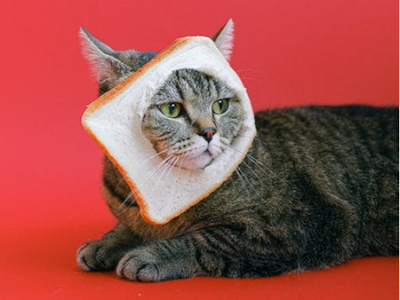
![Associated image for Best food for Ragdoll cats in the UK [Broken Down]](http://untamed.com/cdn/shop/articles/featured_best_food_for_ragdoll_cats_uk_400x300_crop_center.jpg?v=1646818249)
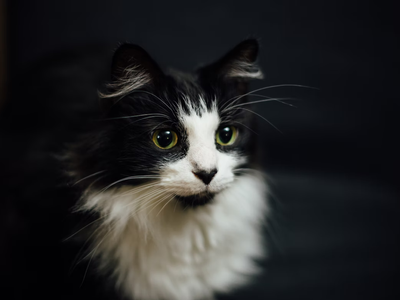
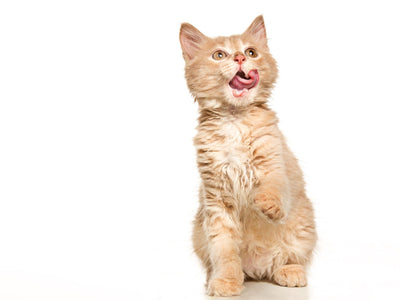
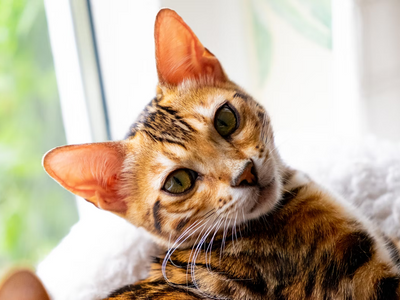
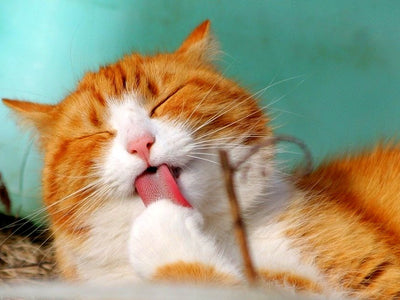
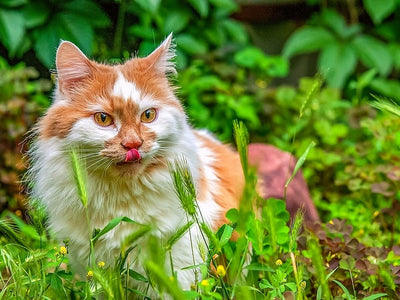
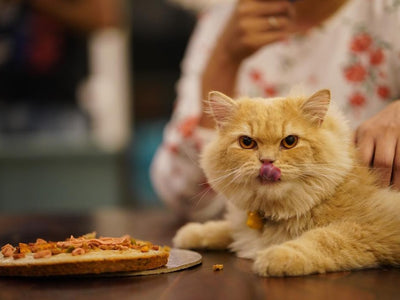
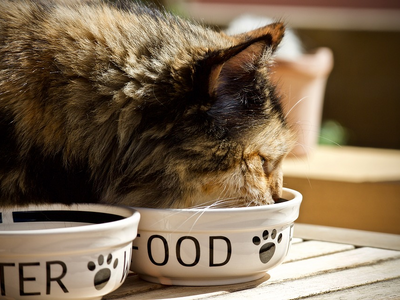
![Associated image for What human food can Sphynx cats eat? [Comprehensive list]](http://untamed.com/cdn/shop/articles/what_human_food_can_sphynx_cats_eat_Featured_400x300_crop_center.jpg?v=1648705074)
